We are an enthusiastic and collaborative group of scientists. For us, caves are perfect natural laboratories and we study cave animals from sponges to vertebrates.
We integrate experimental procedures across biological disciplines, from molecular to organismal, and apply diverse methodological approaches both in the lab and in the field to answer important questions in evolutionary biology.
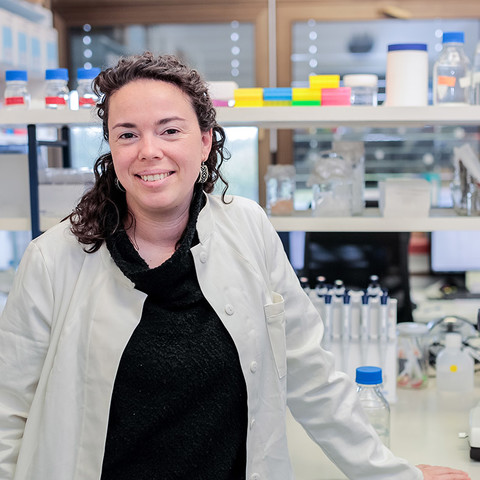
Helena Bilandzija
My research focuses on identifying molecular mechanisms underlying adaptive evolution in cave-dwelling animals.
I have started my lab at Rudjer Boskovic Institute in Zagreb, Croatia in 2019, where I plan to use comparative evo-devo approaches to study the process of colonization and adaptation to cave environments.
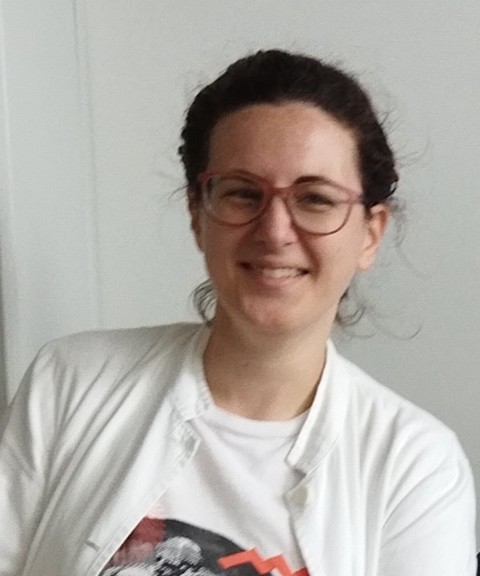
Marina Horvatiček
Biologist with a wide spectrum of interests, from investigating epigenetics and diabetes metabolism during human pregnancy to investigating the evolution and epigenetics of cave fishes. As the latest member of the Evo Dark group in a postdoc position, I'm involved in experiments on the teleost fish Astyanax mexicanus, where I contribute to the research of molecular mechanisms undergoing phenotypic plasticity.
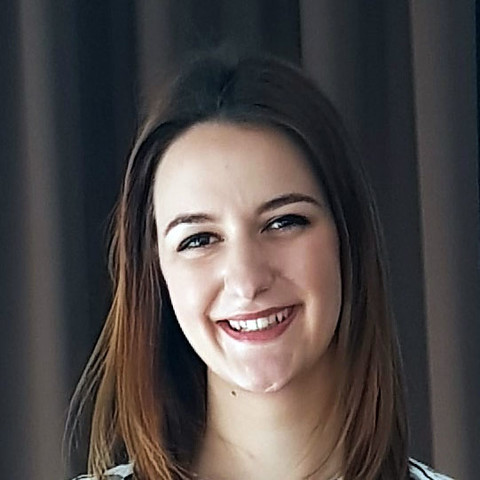
Magdalena Grgić
I am investigating the role and possible alterations of the phenoloxidase system (PO) in the process of pigment loss.
Since PO is an important component of invertebrate immunity, changes in its activity could also contribute to the evolution of some other physiological and behavioural adaptations to cave life.
To understand these processes, I am working on the genus Congeria (Bivalvia, Dreissenidae) - the world's only stygobiont bivalve.
I also participate in the Identification of stygobiotic fauna of Plitvice Lakes National park project.
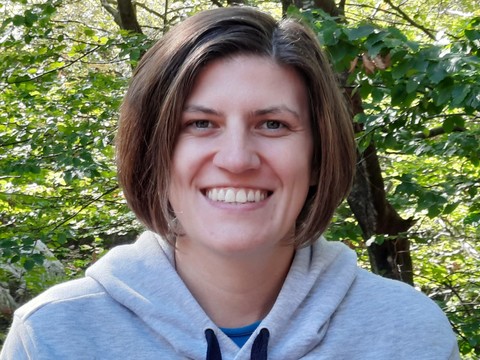
Lucija Kauf
During my studies, I developed an interest in cave animals and evolution, which eventually led me to join this group.
I am working on identifying the molecular basis of pigmentation in planarians and the mechanisms of its loss in cave-dwelling species. Depending on the species, this group of animals can have melanin, ommochrome, or porphyrin pigments, and pigmented species often have more than one pigment type. On the other hand, several different species have colonized caves and developed albinism. I will identify the pigment type in surface species and use comparative transcriptomic, genomic, and biochemical approaches to find the cause of the cessation of pigment synthesis in their albino cave-dwelling relatives.

Eva Marković
As a molecular biology master's student, I am currently working on my thesis project in the Bilandžija group. I have always been fascinated by evolutionary biology and the mechanisms of adaptation, particularly in extreme environments.
I am deeply interested in integrating environmental factors as drivers of evolution with the molecular mechanisms that underlie these processes. This is the reason I joined this lab, where I'm able to explore the phenomenon of pigment loss in the isopods from the Proasellus genus and help decipher the evolutionary cause of the phenomenon.
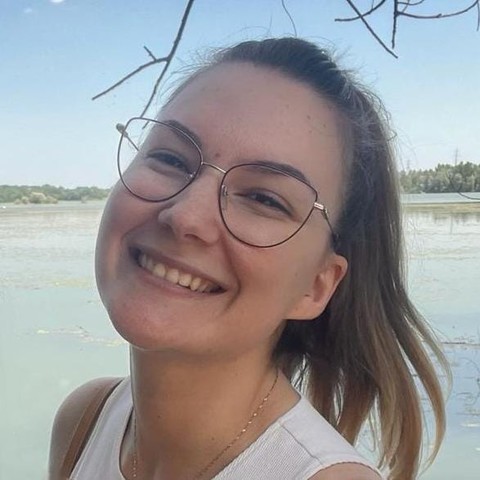
Martina Kuzman
Throughout my studies molecular genetics was a field that always peaked my interest which led me to join this group.
I'm an experimental biology master's student and for my master's thesis I'm working on Scarlet gene knock-down with RNA interference in Isopods; Proasellus coxalis and Asellus aquaticus.

Lucija Tomić
I am a graduate student in experimental biology and currently doing my master's within this project. We are doing research in metabolic rates through oxygen consumption between surface and subterranean asellid crustaceans.
As I enhanced my practical skills in lab, I ended up being more interested in cave-dwelling organisms and its' adaptations to caves.